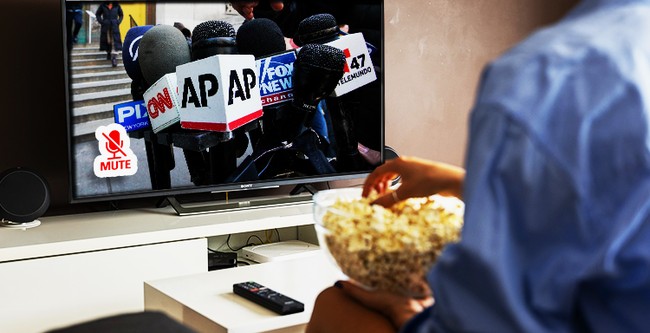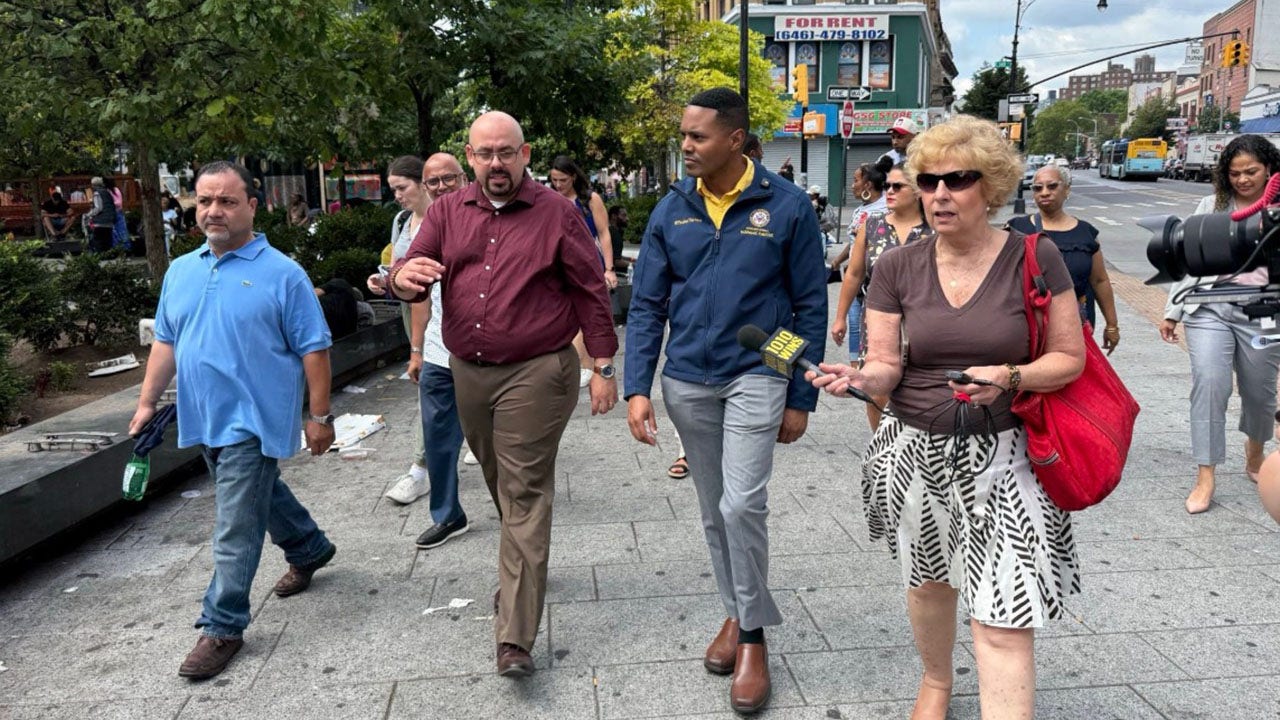PROTECT YOUR DNA WITH QUANTUM TECHNOLOGY
Orgo-Life the new way to the future Advertising by AdpathwayRecordings of monks chanting prayers and 124 objects fill the new enclosed Tibetan Buddhist Shrine Room at the Brooklyn Museum.
The immersive installation has paintings, sculptures, silk decorations, musical instruments, flickering lamps and offerings. There’s rice on display but it’s not real. And the room has eight stools where visitors can sit to observe, meditate or pray.
 The objects that are part of the Tibetan Buddhist Shrine are from the 12th to the 21st centuries.Gisele Regatão/The World
The objects that are part of the Tibetan Buddhist Shrine are from the 12th to the 21st centuries.Gisele Regatão/The World“This is an example of a very elaborate and wealthy household shrine, which a family may have collected [over] generations,” Elena Pakhoutova said. She curated the exhibit and is the senior curator of Himalayan Art for the Rubin Museum, where the exhibition lived, before its physical location closed down last year.
It was one of the museum’s most popular works — more than 1 million people visited it there from 2013 to 2024. Now, the museum’s organizers plan to work with other institutions to continue exhibiting its collection at different locations.
 Elena Pakhoutova, the senior curator of Himalayan Art at the Rubin Museum, says the intention of the shrine is to show a living tradition.Gisele Regatão/The World
Elena Pakhoutova, the senior curator of Himalayan Art at the Rubin Museum, says the intention of the shrine is to show a living tradition.Gisele Regatão/The World“We are actually reaching more people in many other places that may have not had the opportunity to see Himalayan art otherwise,” Pakhoutova said.
She also said that the objects, which are from the 12th to the 21st centuries, are not meant to be understood as just historical pieces. “Our intention is to show that this is a living tradition.”
But not everybody is happy with the installation. The collective Our Ancestors Say No, whose members are anonymous, is demanding the return of the shrine to the Tibetan community, claiming that the artifacts are stolen.
 The Tibetan Buddhist Shrine Room includes eight stools where visitors can sit to observe, meditate or pray.Gisele Regatão/The World
The Tibetan Buddhist Shrine Room includes eight stools where visitors can sit to observe, meditate or pray.Gisele Regatão/The World“Of course, the Rubin Museum takes very seriously any claims of misappropriation of sculptures,” Pakhoutova said. But she says that it’s a complicated issue, especially when it comes to ownership and where the objects would be returned to.
Tibet was incorporated into China in 1950. Meanwhile, the Dalai Lama, who is the spiritual leader of Tibetan Buddhists, lives in exile in the Indian Himalayas.
Another point of contention is that some people argue religious artifacts are sacred and should not be presented in an art institution.
“I respect the opinion of people who are unhappy with these objects being in museums,” said Joan Cummins, the senior curator of Asian Art at the Brooklyn Museum. “But I also think that there are multiple opinions out there, and that there is really some value to sharing this with our visitors.”
 Joan Cummins, the senior curator of Asian Art at the Brooklyn Museum, hopes the exhibit will become a destination for visitors.Gisele Regatão/The World
Joan Cummins, the senior curator of Asian Art at the Brooklyn Museum, hopes the exhibit will become a destination for visitors.Gisele Regatão/The WorldThe Central Tibetan Administration estimates that there are 13,000 people from Tibet in the New York metro area. Across the United States, only about 1% of Americans are Buddhist, but more people are embracing the religion.
Cummins added that the shrine is very different from other Asian art presented at the Brooklyn Museum, and it will allow people to learn about the many thoughts that shape Tibetan Buddhism.
“The complexity of the imagery in the shrine is a testament to the complexity of the tradition,” she said. “Teachings get added on top of teachings; it’s just a really rich, rich heritage.”
 Like many American arts institutions, the Brooklyn Museum, where the Tibetan Buddhist Shrine is currently on display, is dealing with a financial deficit and recently announced layoffs.Gisele Regatão/The World
Like many American arts institutions, the Brooklyn Museum, where the Tibetan Buddhist Shrine is currently on display, is dealing with a financial deficit and recently announced layoffs.Gisele Regatão/The WorldWen-shing Chou, an Associate Professor of Art History at Hunter College and an expert on Tibetan Buddhism, said that the majority of Tibetans are Buddhists, and shrines are part of many households and public spaces. “Both inside Tibet and also in the Tibetan diaspora, they are part of life,” she said.
Chou, who also serves on the advisory board of the Rubin Museum, an unpaid position, explained that the Tibetan Buddhist Shrine Room presents objects of Buddhist art in a different way. “You’re not seeing them as singular pieces of goddess, gods, deities or teachers. It’s the assembly that creates the kind of power of the space.”
 The Tibetan Buddhist Shrine Room also features musical instruments and furniture to represent what a real shrine inside a wealthy household might look like.Gisele Regatão/The World
The Tibetan Buddhist Shrine Room also features musical instruments and furniture to represent what a real shrine inside a wealthy household might look like.Gisele Regatão/The WorldNiya Tripathi, a college student who was visiting the shrine recently, said her family is from Nepal and she could recognize many of the objects. “There’s something very similar in my grandma’s house. There’s a mini version of this [shrine]in my own house,” she said.
Tripathi said she appreciates seeing traditions from her ancestors at a major art institution. “When you put something in a museum, you kind of put it on a pedestal.”The shrine will be at the Brooklyn Museum for six years, and objects in the exhibit will rotate every two years, representing four different Tibetan Buddhist traditions: Nyingma, Sakya, Kagyu and Geluk.












 English (US) ·
English (US) ·  French (CA) ·
French (CA) ·  French (FR) ·
French (FR) ·